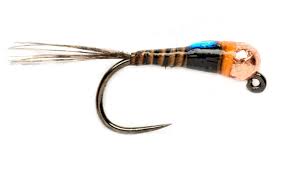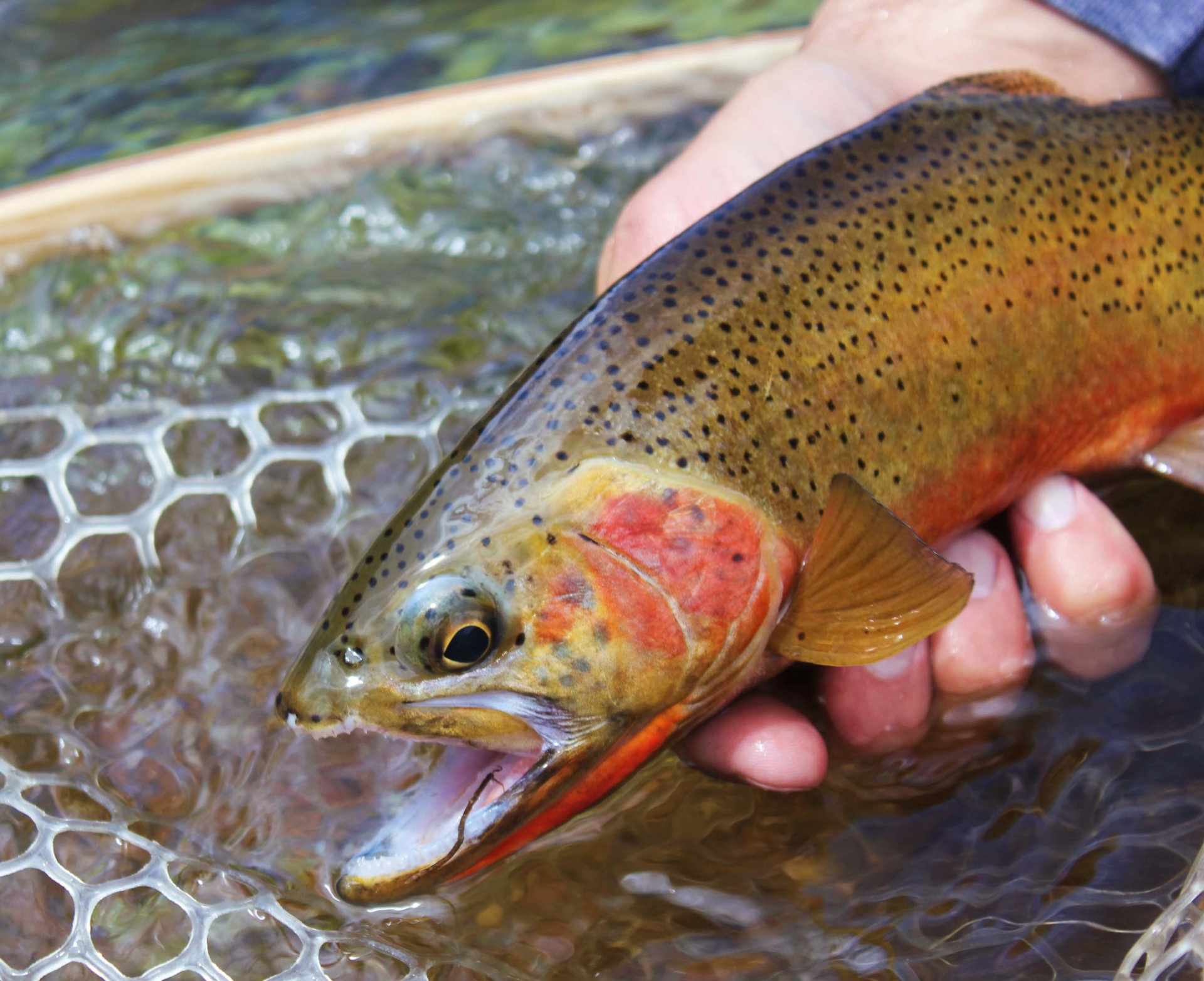
When first shown a Perdigon nymph, you ask yourself what’s up with this fly? It has an extremely sparse tail, very thin body often made of thread, and coated with a hard shell. The colors are mostly neutral, sometimes with a hot spot, and are the exact opposite of a classic nymph. There’s not much to a Perdigon, and it’s not what you expect in a fly pattern.
But Perdigons are amongst the most effective flies the Missoulian Angler Fly Shop sells. They work on all Missoula river, The Clark Fork River, Blackfoot River, Bitterroot River and Rock Creek, as well as all the tributaries and lakes! They work because they do exactly what a nymph needs to do to be effective.
Polly Rosborough self-published his classic book, Tying and Fishing The Fuzzy Nymph, in 1965. His theory was motion in a fly provided life-like action, separating the fly from inanimate objects and attracted fish. This was conventional wisdom in the U.S. for a long time, and for many still is. Hackled nymphs, fuzzy nymphs and spiky dubbed nymphs all utilize fibers extending from the body to give action to the fly.
We all know that nymphs live on the bottom of the river and the trout are on the bottom as well for easy access to the nymphs. We all know that a sky diver, to slow their descent, will spread their arms and legs wide to slow down their drop rate.
A fuzzy nymph, by definition, has extending fibers. These fibers act as the arms and legs of the sky divers do, slowing the descent of the fly. A slower descent delays the fly from getting to where the fish are. The slower the sink rate of the fly, the longer the controlled cast must be to give the fly time to sink to the correct level. There is no denying classic (fuzzy) nymphs work, we see proof of that every time we go fly fishing!
The Perdigon is more effective than the standard nymph. The slim design and clear, smooth coating allow this fly to sink at maximum sink rate. With no extending fibers, nothing impedes its descent. Additionally, the smooth UV resin coating also removes friction, also adding speed to the Perdigon’s sink rate. The Perdigon gets to the bottom in a hurry, and it stays there. You can use a shorter cast to reach your depth or use a longer cast and be in the zone for a longer time, showing your fly to more trout.
The business axiom of Location, Location, Location is the reason the Perdigon works. It may go against conventional fly fishing wisdom with its lack of life giving fibers. But the tail is mobile, and it gets down to where the fish are. If you show a standard nymph to 3 fish due to its sink rate, you have 3 chances a trout makes a mistake and eats the artificial. If your Perdigon is seen by 10 fish, you have 10 chances to have your fly eaten. Trout are comfortable on the bottom, and rarely selective in their daily feeding patterns. The Perdigon comes at feeding fish in an expected way, making them almost a no brainer for trout to eat.
From a fly fisherman’s standpoint, the Perdigon gets where it needs to be and stays there. From a fly tyers standpoint, the Perdigon is one of the simplest flies to tie. Depending on the Perdigon size and pattern, it may take just as long to get that pesky 3/32” bead on your jig hook than it takes to tie the thread body! Fly tyers will have a lot of Perdigons and won’t worry about losing a couple. Now you’re fishing those tight, tricky spots because you’re not worried about leaving 20 minutes of tying time in a submerged snag. You’re taking bigger fish from the better holding water, because replacement is so simple.
The Perdigon is a newer concept in nymph imitation in the U.S., stemming from Euro nymphing. But we’re finding these nymphs work just as well in a dry/dropper set up as well. You don’t have to Euro nymph to make use of a Euro nymph!
Here is some of our favorite Perdigon Nymphs for fishing in Montana and across the country.







